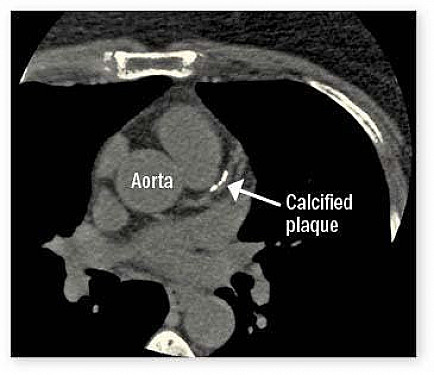Update: Quality of life after aortic valve replacement
Some older people with stiff, failing aortic valves (aortic stenosis) are too frail to withstand open-heart surgery to replace the valve. But a technique called transcatheter aortic valve replacement (TAVR) delivers the new valve to the heart through a catheter that's threaded into an artery in the groin and maneuvered into the heart. This less-invasive option leads to a far shorter recovery time but a slightly higher risk of stroke than the traditional surgery. As such, choosing the most appropriate candidates for TAVR remains a matter of debate.
To continue reading this article, you must log in.
Subscribe to Harvard Health Online Plus (HHO+) to unlock expert-backed health insights, personalized tools, and exclusive resources to feel your best every day.
Here’s what you get with your HHO+ membership:
- Unlimited access to all Harvard Health Online content
- 4 expertly curated newsletters delivered monthly
- Customized website experience aligned to your health goals
- In-depth health guides on topics like sleep, exercise, and more
- Interactive features like videos and quizzes
- Members-only access to exclusive articles and resources
I’d like to subscribe to HHO+ for $4.99/month to access expert-backed content to help make smart, informed decisions about my well-being.
Sign Me UpAlready a member? Login ».
Disclaimer:
As a service to our readers, Harvard Health Publishing provides access to our library of archived content. Please note the date of last review or update on all articles.
No content on this site, regardless of date, should ever be used as a substitute for direct medical advice from your doctor or other qualified clinician.















